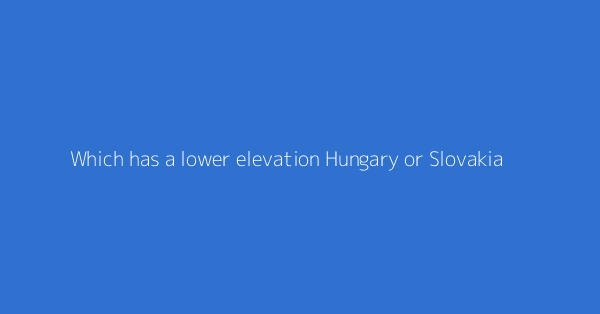Well, you find a school you like on the internet, or just walk around in the city a bit, and youll see several advertisements. When you decide to start, you first pay the fee which includes the classes and about 30 driving hours. First youll learn the rules and laws that a driver must obey some first aid, than after a successful written test, you will be able to get in a car, and learn step by step to park and park in reverse, to accelerate and decelerate quickly, to turn, to stop and get going again on a slope. After that, youll take a routine examination. And only after that will you be allowed to drive in traffic. Most importantly it is likely that you will learn on a manual gear car. If you finally seem exam able to the instructor, youll take the final test. (By this time you most likely have finished the first aid and passed that test too.) If all this is done, youll just have to do some paperwork and in about 2-3 weeks you can claim your Drivers license. This whole procedure takes about 2-3 months. And it costs about -500 with everything included. Hope I answered everything you wanted to know about this.
Which has a lower elevation Hungary or Slovakia?
What is discussplaces?
DiscussPlaces is a place to make new friends and share your passions and interests. Quench your thirst for knowledge, discuss places with other aficionados, and swap recommendations. Are you an aspiring foodie who dreams of living in New York? Or perhaps you are looking for the best chicken wings in Cincinnati? Then this is the place for you! Any one can join in with a passion or interest – whether it be talking about their favorite restaurant in Barcelona or raving about their latest trip to Italy. Join us!

This page shows discussions around "Which has a lower elevation Hungary or Slovakia?"
This page shows discussions around "Which has a lower elevation Hungary or Slovakia?"